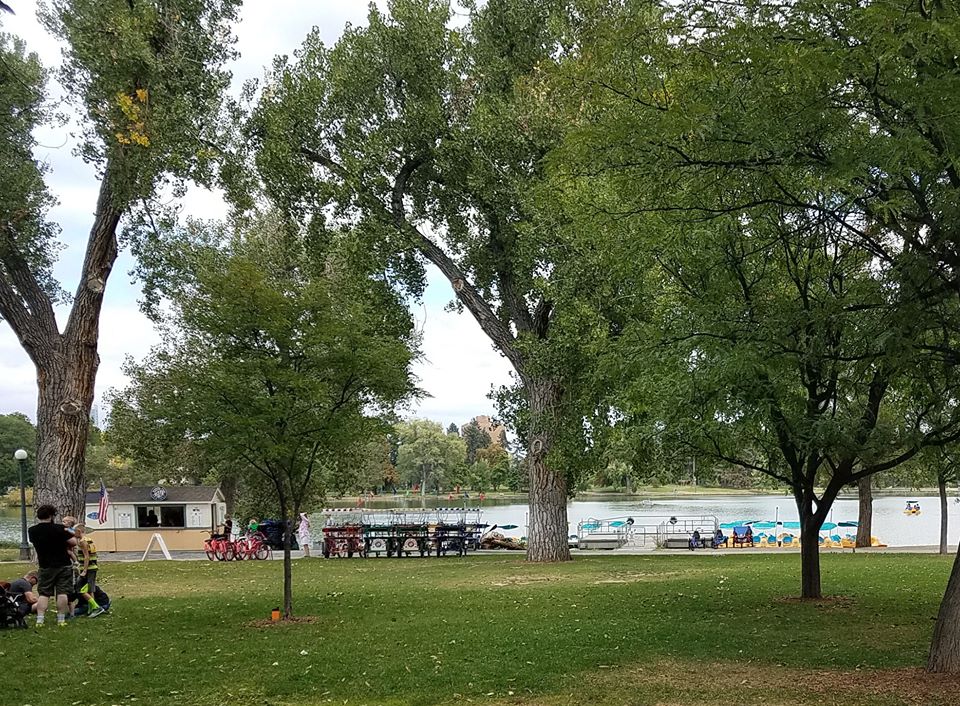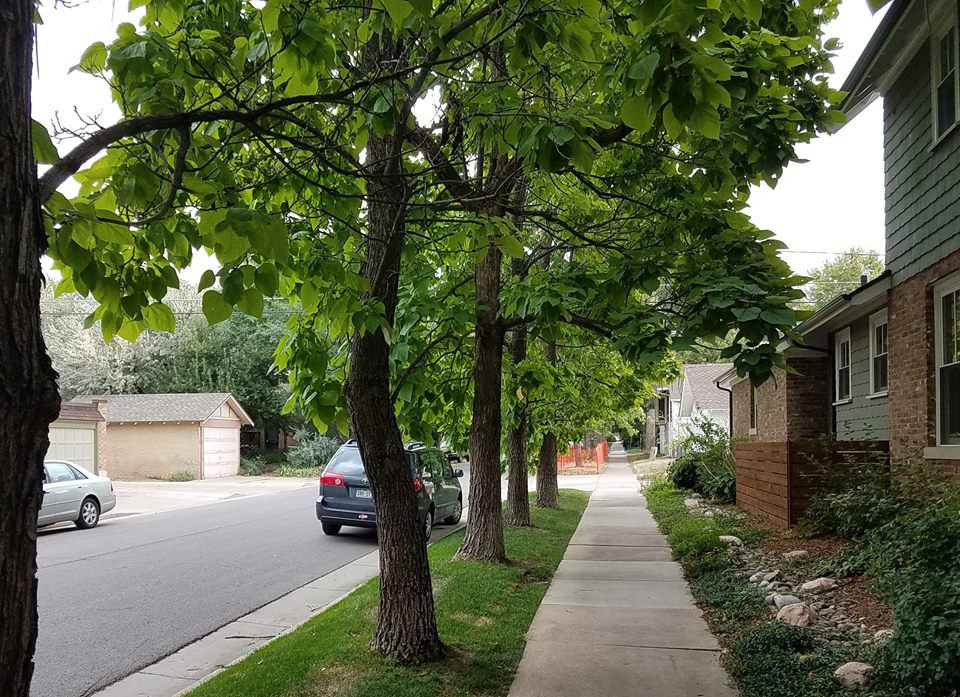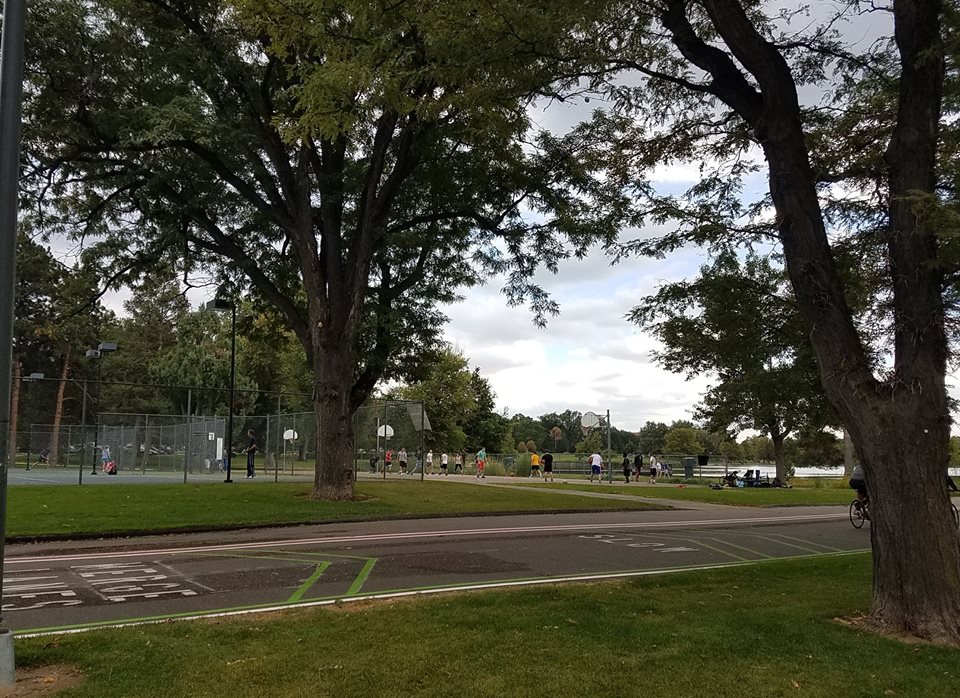I love nature but I am beginning to dislike the concept “natural,” applied as it often is to mean excluding humans or human influence, first because it is not possible, since humans influence all aspects of the world, and second because it is often undesirable. Another concept I am starting to dislike is “native.” We hear these two words too often and often together. People talk about protecting a native and natural landscape. What does that even mean?
Many of the landscapes we find most pleasant and sustainable are significantly human-influenced. This does not mean planned in minute detail or interfere all the time. When successful, it is more like a partnership with nature, where humans introduce sustainable factors that change and improve on the natural state.
As for native, we often hear the argument that native plants and animals are more precisely adapted to the local environment.This is often but not always true, but there is an additional factor of environmental change. The environment in North America where many species developed is no longer here. Conditions are different requiring different responses. The native may no longer be the most appropriate for the new conditions. This is especially true of a world affected by climate change. Being a native is just not as important as it used to be, and even in the old days it was a bit of an artifice.
I thought about this walking around Denver’s Washington Park. It is a very pleasant place, full of trees, grass and water. It is also completely unnatural and not native. Absent human intervention, Denver is a prairie. Look at the various pictures. Can you pick out “native” trees? You cannot see many. Almost none of the trees growing so robustly now are native to this spot. We can stretch the definition to include some nearby trees, but consider the catalpa in picture # 3. Catalpa (Catalpa speciosa) are planted all over North American and Europe. They are native to North America, but not to Colorado. They are native only in a small area around the confluence of the Mississippi and Missouri Rivers. What about the honey locust (Gleditsia triacanthos.) These trees hail from the southern and Midwestern USA, but not from Colorado. I took a picture of some Austrian pines (Pinus nigra). They also grow very well in Colorado but they come from Europe.
A question: is an Austrian pine more of a native tree in Colorado or less than a catalpa? The correct answer is that neither of them is native, but I suspect that many people would rate the catalpa as “more” native because it comes from a place closer and continuous to Colorado. But might not the Austrian pine have greater claim to native status, since its pine relatives are native to the state? Does it matter? Both grow well here.
Of course, we do not welcome all newcomers. The emerald ash borer and the Asian longhorn beetle are horrible, as are zebra mussels, kudzu and woolly adelgid. I would happily welcome their extinction in North America. Of course that also goes for some natives. I don’t think anybody misses the now extinct Rocky Mountain Locust.
Anyway, the terms natural and native are at best imprecise and often not even desirable, and they have been accorded too much respect recently. Our goal should be sustainable using principals and seeking understanding of nature. Native may often be the most appropriate, but there is nothing magical or special about it just because it happened to be here first or from someplace nearby. As for natural, if you define that as not affected by humans, there has not been a natural landscape in North America for around 12,000 years, but we can use principles of nature to make our environment more sustainable.
My first picture is the pond in Washington Park. It was part of the design of a German landscape architect. It is beautiful, pleasant and good for wildlife, but not natural. Well, the big cottonwood in the middle of the picture might have grown naturally on that spot, if there was some water present, but it is unlikely to have grown so big. Next are a row of non-native catalpa trees. Pretty. After that is one of the biggest honey locust I have ever seen, again not from around here. Picture # 4 shows some Austrian pines. They come from a long ways away, but are doing just fine. Last is a picture from Pawnee National Grassland. It is sort of what this part of Denver would be like absent human interference. Humans messing with stuff is not always a bad thing and natives are not always best.




